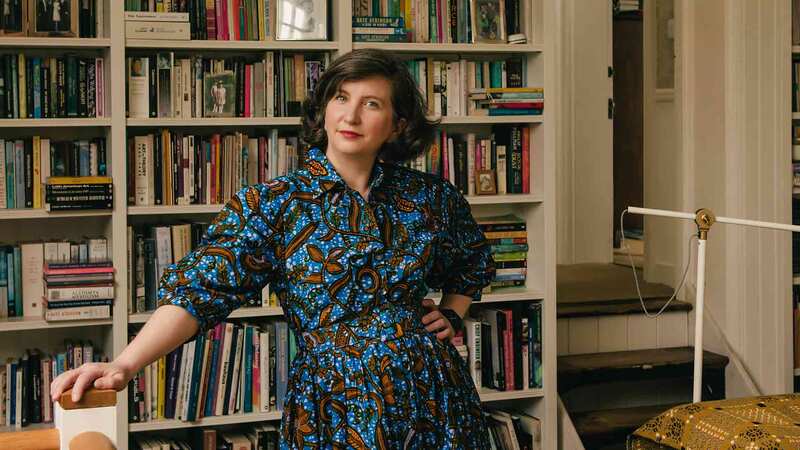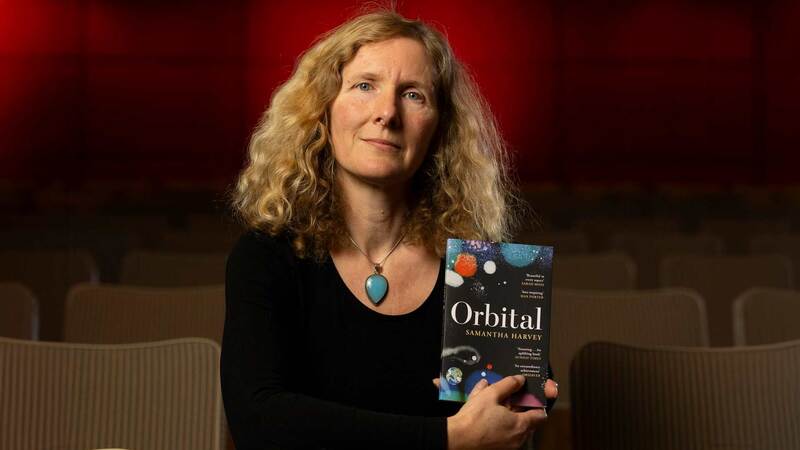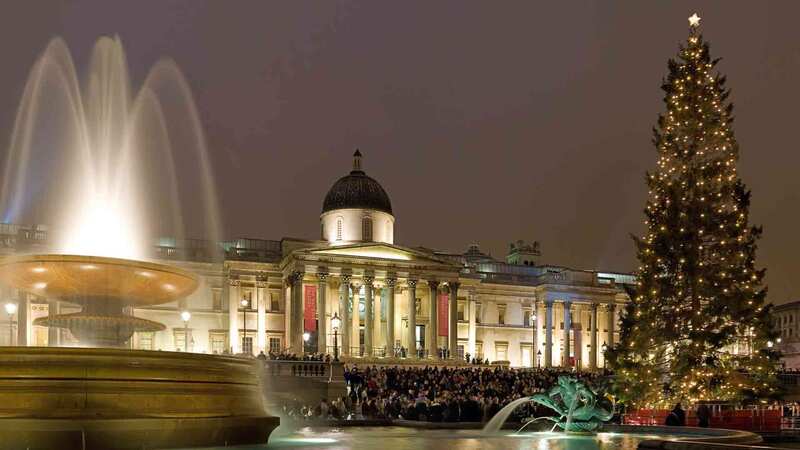You are viewing your 1 free article this month. Login to read more articles.
Dickens the party animal
In a lively event at the Times Cheltenham Literature Festival, Claire Tomalin (pictured) and John Carey presented an image of Charles Dickens as a high achiever who came from a rough background and whose obsessions – work, woman, wine and philanthropy – ruled his life.
Carey described Tomalin’s biographical approach – she has also tackled Austen, Hardy and Pepys to great acclaim – as being distinctive because “she is more interested in people that many biographers”, and especially people at the apparent margins of the main figure’s story. An example to which the pair returned repeatedly during the event was Eleanor Picken, an orphan who, as a young woman of 19, met Dickens’ parents and wife, Catherine, in Broadstairs at the will of the author.
The interest of Dickens in orphans and abandoned children stemmed partly from his own tough childhood. As a boy of 12 he was sent (he believed it was by his mother) to work in a blacking factory, a brutal job that Tomalin said was the family’s “shameful secret”.
Charles’ father, John Dickens, was a spendthrift who brought the family to near ruin. Tomalin, in a piece of original thinking, has ascribed John’s outlook to his childhood living in the home of the Crewe family, who were “tremendously grand” and yet financed the fly-by-night existences of dilettantes like Fox and Sheridan. Though he was likely the Butler’s son, said Tomalin, “John Dickens may have believed he could have been the son of Crewe or Sheridan.” Either way, this upbringing led him to see himself “as a rich man”. John was the basis for William Dorrit (in Little Dorrit) and Mr Micawber (in David Copperfield) and, said Tomalin, despite all John’s troubles, “Dickens loved him; he adored him.” Yet this was a man that forged his successful son’s signature on cheques; John turned around Dickens’ opinion when his son, now a success in Fleet Street, installed him in charge of a group of reporters, a role in which he flourished. When Charles’ father died, he was “devastated”.
Dickens was far less sympathetic to his mother, largely due to her mercenary ways, originating, for him, in that blacking factory episode. She loved dancing, but “Dickens frowned and sulked” when she joined in.
Dickens love life was no less messy than his parental family one. He was “wildly in love with Mariah Beadnell,” said Tomalin, but her wealthy family would have nothing to do with the lowly Dickenses. He would hang around her home after dark for hours, yet actually married Catherine Hogarth. Before doing so he made a list of the pros and cons; on their honeymoon, he wrote The Pickwick Papers; and in the marriage, his whole personality took the space meant for both of them, instead leaving her to mother their ten children.
He was extremely close to Catherine’s sister Mary, who died in his arms and who Tomalin says he “imagined as a sort of world-spirit tourist”, going with him wherever he went [a theory not wholly supported by Carey]. He wanted to take his girlfriend, Nelly, to America with him, until it became obvious that the publicity interest in Dickens would immediately blow the affair open. These loves informed Dickens’ work – a lively and humorous debate flourished between Carey and Tomalin over the truthfulness of Pip’s love to Estella in Great Expectations, Tomalin unimpressed by Dickens’ “awful, fluttering, panting” women in his novels, Carey taking a more romantic stance to that novel’s core romance.
Dickens was a contradictory character. “He was very vain,” said Tomalin, and sported a main of long black hair, yet he could also be self-deprecating and nervous. She gave the example of a letter to his sister Fanny in which he described self-medicating before an philanthropic event in Birmingham with “a pint of champagne and a pint of sherry”. He could party until dawn in company, yet walked up to 20 miles a day alone through London finding inspiration for his novels.
All this and more came through in this lively conversation between two charismatic Dickens experts. “What I wanted to do was present Dickens as a person”, said Tomalin, and to write about his books “with an emphasis on the books I like best”. Carey was highly complementary of Tomalin’s work, comparing it to another biography of the master novelist: “Peter Ackroyd Life is three times as long and three times as boring.” Candid, witty, passionate – just what Dickens the man would have demanded.
Charles Dickens: A Life by Claire Tomalin is out now from Penguin. Author picture by Angus Muir.
William Golding: The Man Who Wrote Lord of the Flies by John Carey is out now from Faber.













